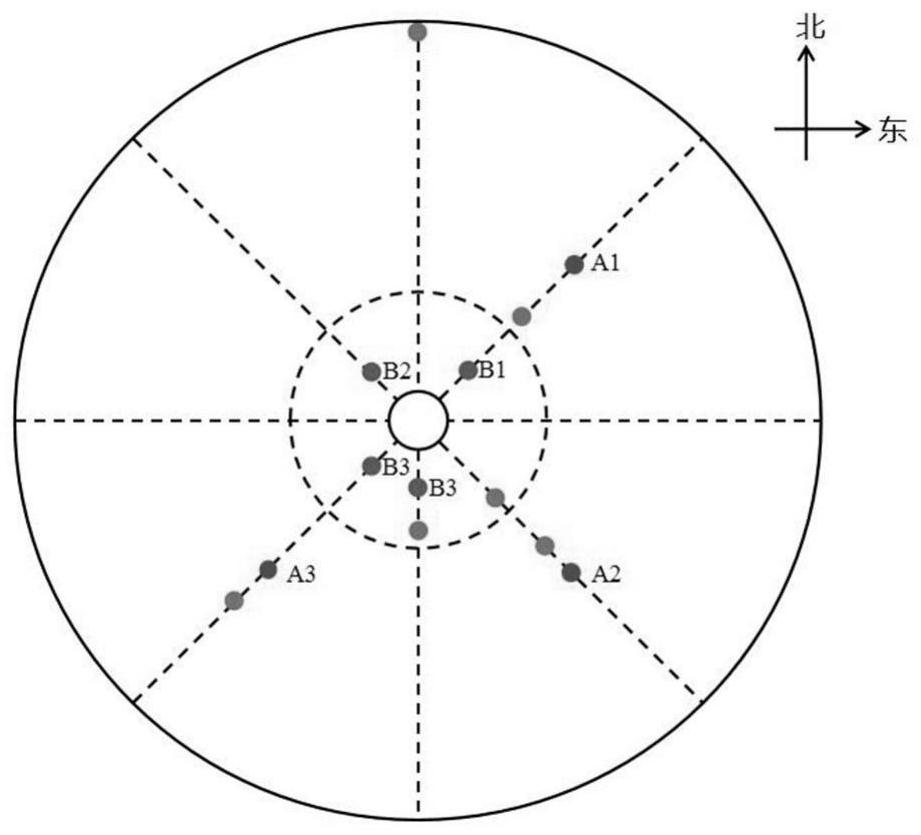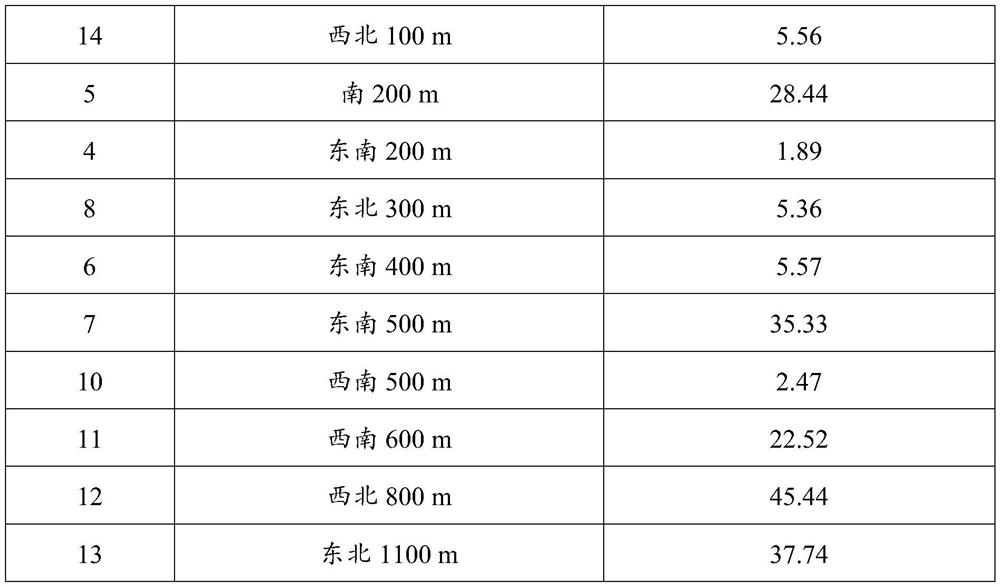Method for collecting to-be-screened transgenic oilseed rape pollen in large scale by utilizing bees
A rapeseed pollen, large-scale technology, applied in application, honey harvesting, beekeeping, etc., can solve the problem that it is difficult to achieve full coverage, and achieve the effect of wide coverage, easy operation, and good collection randomness
- Summary
- Abstract
- Description
- Claims
- Application Information
AI Technical Summary
Problems solved by technology
Method used
Image
Examples
Embodiment 1
[0031] The pollen collection test site is the Hanchuan Base of the Oil Crops Research Institute of the Chinese Academy of Agricultural Sciences, located in Xujia Village, Chachahu District, Hanchuan City, Hubei Province. The test planting scale of transgenic rapeseed is 3 mu, and the GPS positioning is N30°40'41", E113°43 '39".
[0032] The pollen collection time was March 31, 2019.
[0033] Step 1: Prepare the hive. The bee variety is Apis mellifera, and the honeycomb with the queen bee is placed in the beehive. The beehive has at least 6 boxes of honeycombs, and the honeycombs are commensurate. Before taking the pollen for detection, remove the pollen in the honeycomb, and install a pollinator at the bee entrance and exit of the beehive.
[0034] Step 2: Select the rapeseed field to be screened, and place beehives at a certain distance the night before taking powder to stabilize the bee colony. See the location of beehives figure 1 .
[0035] Step 3: Before 9:00 a.m. in ...
Embodiment 2
[0041] Testing for genetically modified ingredients in canola pollen collected by bees
[0042] Step 1: Pollen DNA extraction. Genomic DNA was isolated and purified according to the instructions of the New Plant Genomic DNA Extraction Kit (CW0531M, Kangwei Century). Dilute the extracted genomic DNA to a concentration of 50ng / μL for later use.
[0043] Step 2: Detection of genetically modified components in pollen - fluorescent quantitative PCR. The primers and probes for the quantitative PCR reaction are shown in Table 2. The PCR reaction system is 20 μL, including 10 μL of TaqMan Universal PCR Master Mix, 0.4 μmol / L of upstream and downstream primers, 0.4 μmol / L of probe, and 2 μL of template DNA. Make up to 20 μL with water. In the blank control, ultrapure water was used instead of template DNA. PCR amplification reaction adopts two-step method, pre-denaturation at 95°C for 3min, 1 cycle; denaturation at 95°C for 30s, annealing at 60°C for 30s, 40 cycles.
[0044]Result...
PUM
 Login to View More
Login to View More Abstract
Description
Claims
Application Information
 Login to View More
Login to View More - R&D
- Intellectual Property
- Life Sciences
- Materials
- Tech Scout
- Unparalleled Data Quality
- Higher Quality Content
- 60% Fewer Hallucinations
Browse by: Latest US Patents, China's latest patents, Technical Efficacy Thesaurus, Application Domain, Technology Topic, Popular Technical Reports.
© 2025 PatSnap. All rights reserved.Legal|Privacy policy|Modern Slavery Act Transparency Statement|Sitemap|About US| Contact US: help@patsnap.com



